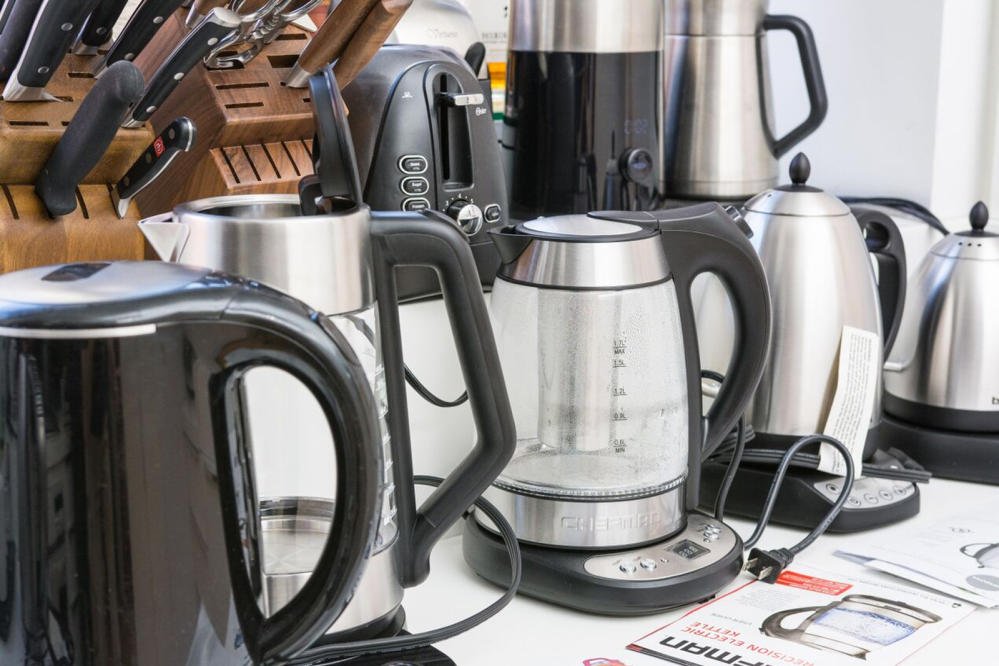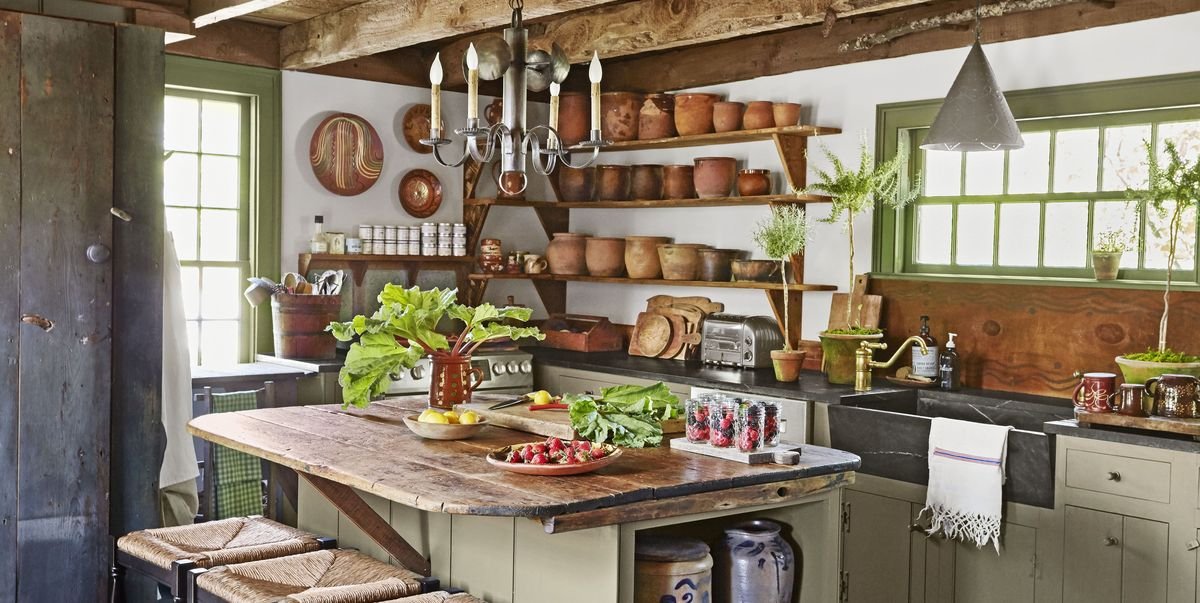
How to Choose the Right Immersion Blender for Your Kitchen
In this step-by-step guide, I will provide you with all the necessary information to choose the right immersion blender for your kitchen. I will cover important factors to consider such as power, speed settings, attachments, and ergonomics. By following this guide, you will be equipped with the knowledge to make an informed decision and find the perfect immersion blender that meets your blending needs.
Consider the Power
To choose the most suitable immersion blender for your blending needs, it is important to consider the power of the blender. Check the wattage of the blender as it determines the power output. Higher wattage blenders typically offer more power and can handle tougher blending tasks effectively. Evaluate the types of foods you will be blending and select a blender with sufficient power to effortlessly handle those tasks.
Evaluate the Speed Settings
When selecting an immersion blender, it is important to consider the speed settings available. Different blenders come with varying speed options, ranging from a single speed to multiple speeds. To ensure optimal performance and convenience, evaluate the types of recipes you’ll be preparing and choose a blender with speed settings that can accommodate your needs. Adjusting the speed settings allows you to achieve the desired consistency and texture for different ingredients and recipes.
Check the Blade Design
Check the Blade Design
Blade design is a critical factor in determining the performance of an immersion blender. To ensure a smooth blending experience, look for blenders equipped with sharp and durable blades. These blades should have the ability to effortlessly blend through various ingredients with ease.
Additionally, it is advisable to consider blenders with removable blades. This feature allows for convenient cleaning, as it allows you to easily detach and clean the blades separately from the blender body. By inspecting and selecting a blender with a well-designed blade, you can enhance the overall efficiency and functionality of your immersion blender.
Assess the Grip and Comfort
To assess the grip and comfort of an immersion blender, hold it in your hand and check for an ergonomic handle that provides a secure and comfortable grip. Ensure that the handle fits comfortably in your hand and feels secure, as this will reduce hand fatigue during extended use. Look for blenders with rubberized or textured handles for improved grip.
Consider the Length of the Shaft
To determine the ideal length of the immersion blender’s shaft, start by considering your typical blending needs. If you often work with deep pots or containers, choose a longer shaft for better reach and versatility. Conversely, if you frequently blend in smaller bowls or cups, opt for a shorter shaft for better control and maneuverability. For example, when making a large batch of soup in a deep pot, use a longer shaft to ensure that the blender fully reaches the bottom of the pot.
Evaluate the Weight
The weight of the immersion blender can significantly impact its usability. Consider the following when assessing its weight:
- Stability: Heavier blenders tend to be more stable and less prone to tipping over during use. If you value stability and want to prevent spills or accidents, opt for a blender with a heavier weight.
- Fatigue: On the other hand, heavier blenders may also lead to fatigue, especially during extended blending sessions. If you anticipate using the immersion blender for long periods, you might prefer a lighter option to lessen strain on your hand and arm muscles.
When deciding on the weight of your blender, consider your personal preference and the duration of your blending tasks.
Check for Additional Features
To check for additional features on immersion blenders, first, identify your specific needs. Consider if you want attachments for chopping, whisking, or blending. Look for models that offer these additional features. For example, the KitchenAid KHB2351CU immersion blender has a whisk attachment, perfect for whipping cream or beating eggs. Additionally, the Cuisinart CSB-79 immersion blender comes with a chopper/grinder attachment, ideal for chopping nuts or grinding spices.
Read Customer Reviews
To make an informed decision, read customer reviews and ratings of various immersion blenders. Assess the blender’s performance, durability, and overall satisfaction based on real-life experiences shared by customers. Take the time to thoroughly explore different opinions before making a final purchase.
Compare Prices and Warranty
Lastly, compare prices of different immersion blenders to ensure you’re getting the best value for your money. Check for warranty information to ensure you’re protected in case of any defects or issues with your chosen blender.
Final Thoughts
In conclusion, selecting the ideal immersion blender for your kitchen involves carefully evaluating various aspects such as power, speed settings, blade design, grip, shaft length, weight, additional features, customer reviews, prices, and warranty. By taking these factors into consideration, you will be well-equipped to make a knowledgeable choice and discover the immersion blender that best fits your cooking requirements.
Expert Recommendations
Operating the Immersion Blender
- The first step in using an immersion blender is to ensure that your blender is clean and assembled properly. Make sure to detach any removable parts, such as the blending shaft, and clean them thoroughly before reattaching
- Next, choose a suitable container for blending. It could be a deep bowl, a tall glass, or even a pot, depending on the quantity and type of ingredients you’re planning to blend
- Before using the immersion blender, immerse the blending shaft into the container with the ingredients. Ensure that the blade portion of the blender is completely submerged in the mixture to avoid splattering
- Once the blender is properly immersed, turn it on by pressing the power button or the control button (if available). You can use different speeds or settings based on the texture or consistency you desire
- Move the immersion blender around in a gentle, up-and-down motion while keeping it submerged, making sure to cover all areas of the mixture. Be cautious to avoid splashing or lifting the blender out of the mixture
- Blend until desired consistency is reached. For smoother results, keep blending for a longer period. If blending thicker ingredients, such as soups or sauces, you may need to continue blending until the desired texture is achieved
- Once you’re done blending, turn off the immersion blender and carefully remove it from the container. Remember to unplug the blender from the power source and disassemble the removable parts for cleaning
- Clean the blender thoroughly using warm, soapy water, ensuring all food residue is removed. Dry the blender and its components completely before storing them
- It is important to always refer to the specific instructions provided by the manufacturer for your immersion blender model
Frequently Asked Questions (FAQs) about Immersion Blenders
Can an immersion blender be used in commercial settings, such as restaurants or cafés?
Yes, an immersion blender can be used in commercial settings such as restaurants or cafés. Immersion blenders are commonly used in professional kitchens due to their versatility and efficiency. They are especially popular for tasks such as blending soups, making sauces, and pureeing ingredients directly in the pot or container. Immersion blenders are preferred in commercial settings due to their compact size, ease of use, and quick cleanup. They are a valuable tool for chefs and kitchen staff in busy food establishments.
What safety features should I look for when purchasing an immersion blender?
When purchasing an immersion blender, there are key safety features that you should consider. Firstly, look for a blender with a safety lock mechanism. This feature ensures that the blender will not start accidentally and reduces the risk of injuries.
Additionally, it is important to choose a model with a protective guard or shield around the blade. This guard prevents accidental contact with the sharp blades while the blender is in use, reducing the chances of cuts or lacerations.
Another safety feature to look for is a non-slip grip handle. With a secure and ergonomic grip, you can minimize the risk of the blender slipping out of your hand during operation, which may prevent accidents or injuries.
Furthermore, consider a blender with a built-in automatic shut-off feature. This feature turns off the blender after a certain amount of time or when excessive heat is detected, preventing overheating and potential damage.
Lastly, make sure to check for certifications such as UL (Underwriters Laboratories) or other relevant safety standards. These certifications indicate that the immersion blender has undergone rigorous testing and meets industry safety standards.
Overall, investing in an immersion blender with these essential safety features will contribute to a safer blending experience in your kitchen.
How powerful should an immersion blender be to handle various tasks?
To handle various tasks, an immersion blender should ideally have a power output ranging from 200 to 1000 watts. The power of an immersion blender determines its ability to handle different types of ingredients and perform various tasks efficiently. A lower-powered blender around 200-300 watts may suffice for lighter tasks such as blending soups, pureeing soft fruits, or making smoothies.
However, for more demanding tasks like crushing ice, blending frozen ingredients, or processing harder foods, a more powerful immersion blender in the range of 500-1000 watts would be recommended. This higher wattage ensures that the blender can handle tougher ingredients with ease, producing smooth and consistent results.
It’s worth noting that the power alone is not the only factor to consider when choosing an immersion blender. Other aspects such as the design of the blades, the quality of the motor, and the overall construction also contribute to the blender’s performance. It is advisable to read product reviews and compare different models to find one that suits your specific needs and the tasks you plan to perform with it.





